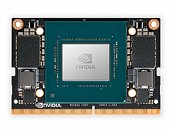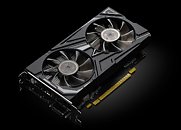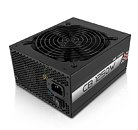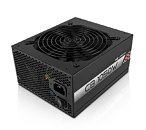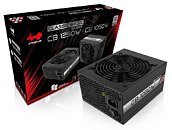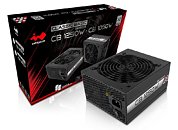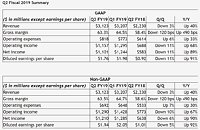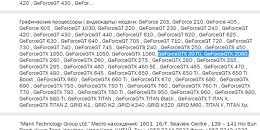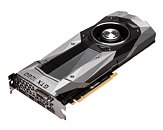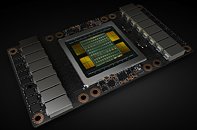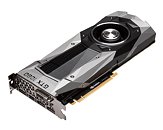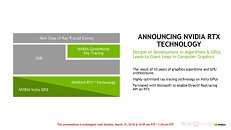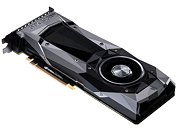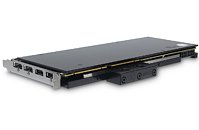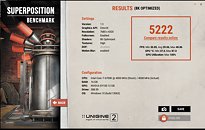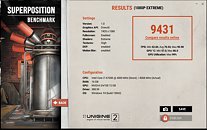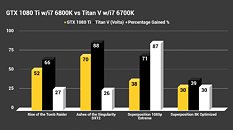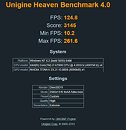
NVIDIA Ada's 4th Gen Tensor Core, 3rd Gen RT Core, and Latest CUDA Core at a Glance
Yesterday, NVIDIA launched its GeForce RTX 40-series, based on the "Ada" graphics architecture. We're yet to receive a technical briefing about the architecture itself, and the various hardware components that make up the silicon; but NVIDIA on its website gave us a first look at what's in store with the key number-crunching components of "Ada," namely the Ada CUDA core, 4th generation Tensor core, and 3rd generation RT core. Besides generational IPC and clock speed improvements, the latest CUDA core benefits from SER (shader execution reordering), an SM or GPC-level feature that reorders execution waves/threads to optimally load each CUDA core and improve parallelism.
Despite using specialized hardware such as the RT cores, the ray tracing pipeline still relies on CUDA cores and the CPU for a handful tasks, and here NVIDIA claims that SER contributes to a 3X ray tracing performance uplift (the performance contribution of CUDA cores). With traditional raster graphics, SER contributes a meaty 25% performance uplift. With Ada, NVIDIA is introducing its 4th generation of Tensor core (after Volta, Turing, and Ampere). The Tensor cores deployed on Ada are functionally identical to the ones on the Hopper H100 Tensor Core HPC processor, featuring the new FP8 Transformer Engine, which delivers up to 5X the AI inference performance over the previous generation Ampere Tensor Core (which itself delivered a similar leap by leveraging sparsity).
Despite using specialized hardware such as the RT cores, the ray tracing pipeline still relies on CUDA cores and the CPU for a handful tasks, and here NVIDIA claims that SER contributes to a 3X ray tracing performance uplift (the performance contribution of CUDA cores). With traditional raster graphics, SER contributes a meaty 25% performance uplift. With Ada, NVIDIA is introducing its 4th generation of Tensor core (after Volta, Turing, and Ampere). The Tensor cores deployed on Ada are functionally identical to the ones on the Hopper H100 Tensor Core HPC processor, featuring the new FP8 Transformer Engine, which delivers up to 5X the AI inference performance over the previous generation Ampere Tensor Core (which itself delivered a similar leap by leveraging sparsity).












